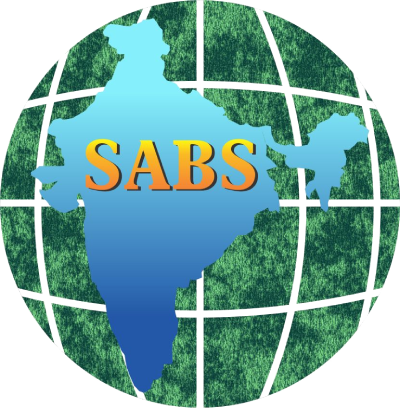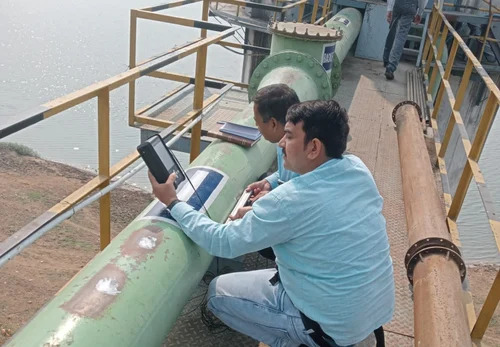
Detailed water Audit
Detailed water audit involves several steps that include:
- Onsite training & discussion with facility manager and plant personnel.
- Water system analysis
- Quantification of baseline water map
- Monitoring and measurements using pressure and flow meters and various other devices
- Quantifications of ineffieciencies leaks
- Quantifications of water quality loads and discharge
- Quantifications of variablity in flows and quality parameters
A detailed water balance is finally developed using state of the art software based water balancing system. while developing the water balance of the plant the 'water quality' requirement at various user areas in carefully mapped, thereby helping in developing 'recycle & re-use' opportunities. Finally, the water audit findings are presented to the client for implementions.
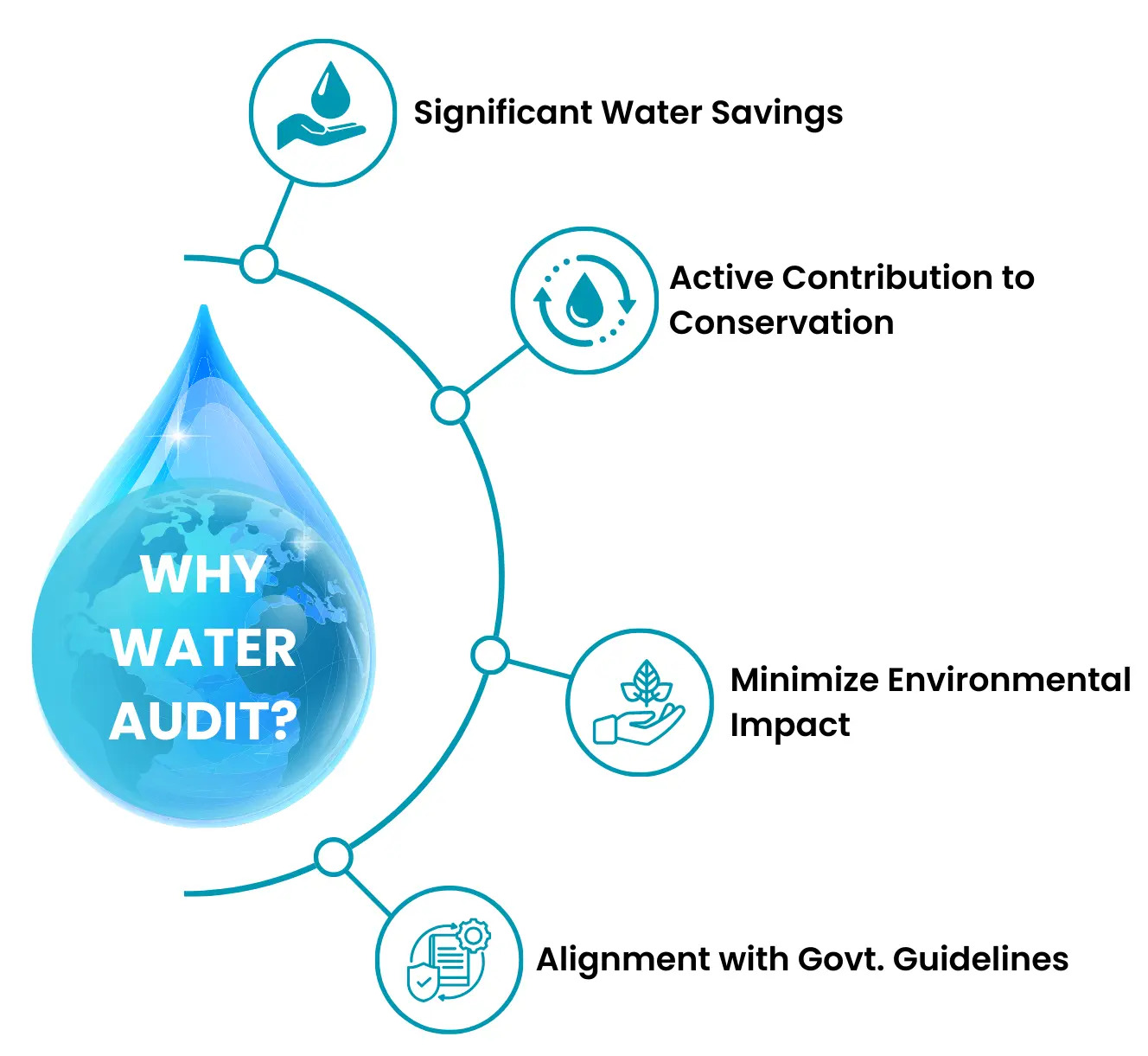
Benefits of Water Auditing
- Achieve water savings with cost-effective strategies and short payback periods
- Contribute to water conservation for a sustainable future
- Enhance competitiveness through operational efficiency and lower costs
- Minimize environmental impact and promote responsible water management
- Align with government guidelines for benchmarking water usage across industries
Water Scenario
Availability of natural resources, particularly land and water, for people of India is inequitable at global level. Presently, with 2.4 per cent of land and 4 per cent of water resources, India has to support 16 per cent of world’s population and 15 per cent of livestock.
India gets an average precipitation of 4000 billion cubic meters (BCM) per annum. Precipitation is highly unevenly distributed with respect to time and space, over the country.
- As much as 75% of total average annual precipitation occurs in 4 months of monsoon period.
- Even during the monsoon months, about 50% of total annual rainfall takes place only in 15 days and in less than 100 hrs.
- As far as spatial unevenness is concerned, the average rainfall in Meghalaya is 10900 mm, whereas, in Rajasthan it is as low as 100 mm against the national average annual rainfall of 1100 mm.
- On the other hand demand for fresh water is increasing with every passing day.
- It is not only due to rapid population growth alone, but also on account of many other factors such as rise in per capita water demand arising out of continuous upward movement of living standards, increased reliance on irrigated agriculture, massive urbanization and industrialization etc.
India’s Water Resources


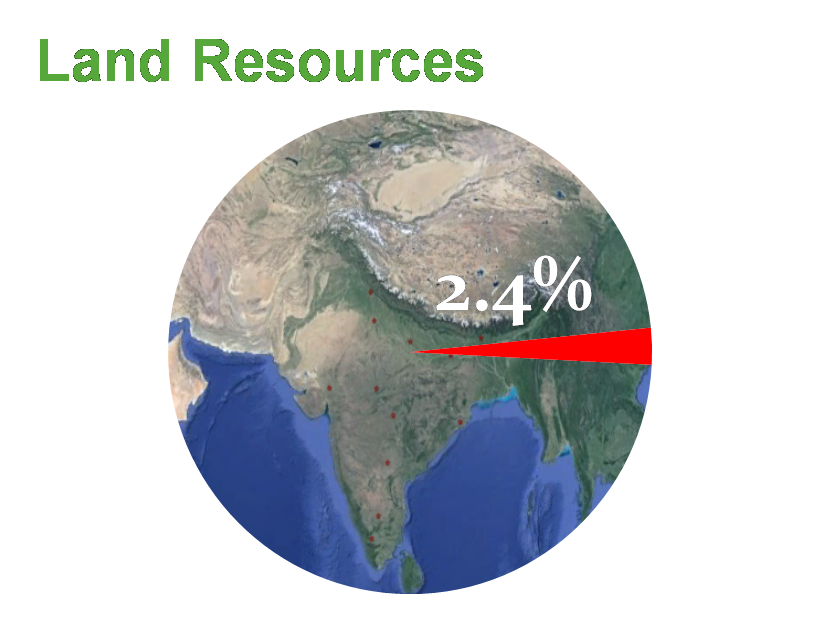
Water Scenario – Where We Stand
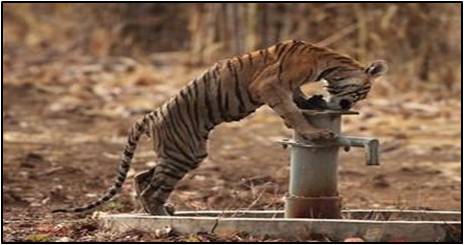
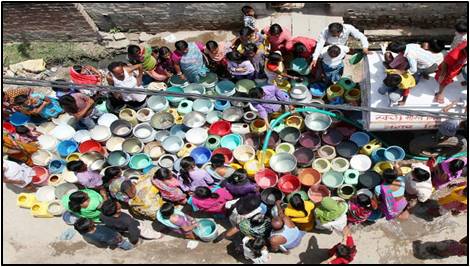
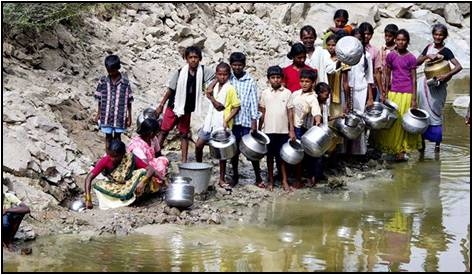
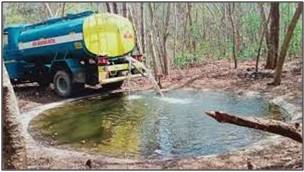
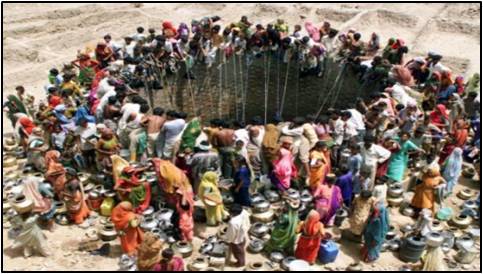

133 in a list of 180 countries in terms of water availability.
120 in a list of 122 countries in terms of water quality.
India: A Water Stressed Country
Gujarat: A Water Scarce State



After the analysis of the secondary data collected from the industry, detailed water audit is conducted, involving the following steps
- On-site discussion with facility manager and personnel
- Water system analysis
- Quantification of baseline water map
- Monitoring and measurements using pressure and flow meters and various other devices
- Quantification of inefficiencies and leaks
- Quantification of water quality loads and discharges
- Quantification of variability in flows and quality parameters
- Strategies for water treatment and reuse or direct use
The detailed water audit report shall contain the following:
- Water consumption and wastewater generation pattern
- Specific water use and conservation
- Complete water balance of the facility
- Water saving opportunities
- Method of implementing the proposals
- Full description and figures
- Investment required
Industries can undertake following measures for water conservation:
- Modernization of industrial process to reduce water consumption
- Recycling water with a re-circulating cooling system
- Setting up of norms for water budgetingS
- Ozonation cooling water approach which can result in fivefold reduction in blow down when compared to traditional chemical treatment
- Reduction in reuse of de-ionized water by eliminating some plenum flushes, converting from a continuous flow to an intermittent flow system and improving control on the use
- Use of wastewater for gardening
- Proper processing of effluents to adhere to the norms of disposal.
MoJS Notified Guideline
- In pursuance of the directions of Hon’ble National Green Tribunal and the powers conferred by sub-section (3) of Section 3 read with Section 5 of the Environment (Protection) Act, 1986 (29 of 1986), the Department of Water Resources, River Development & Ganga Rejuvenation, hereby notifies the guidelines to regulate and control groundwater extraction in the country
- Ministry of Jal Shakti notified guidelines dated 24.09.2020 (SO No. 3289(E)).
- Vide Gazette Notification No. SO No. 1509(E), Amendments to guidelinesdated 29.03.2023.
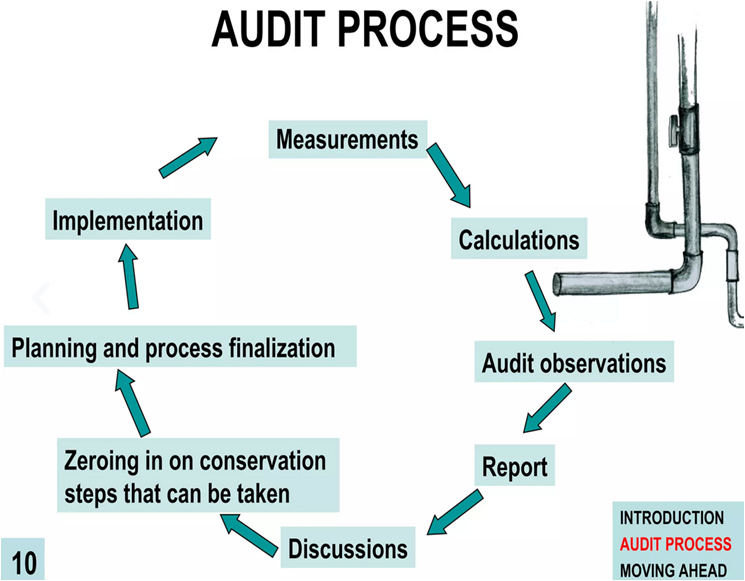
Water Auditing Process
- Pre-Assessment & Data Collection: We collect relevant data through the facility and discussions with authorized personnel.
- On-Site Visits & Measurements: In-depth study of water sources, consumption trends, treatment or discharge and discussions to understand facility and process requirements.
- Calculations: Precise calculations to evaluate system efficiency and identify areas for improvement.
- Audit Observations: Documenting observations and data analysis for internal sectoral comparisons.
- Data Analysis & Report: Following the guidelines, we prepare a comprehensive report with efficiency calculations, leak identification, improvement suggestions, ROI estimates, and more.
Guidelines for Water Audit
Amendment Notification dated 29.03.2023 has been further issued by Ministry of Jal Shakti, published in the Gazette of India, Extraordinary, Part II, section 3, sub-section (ii), vide Notification number S.O. 1509 (E), wherein Paragraph 5(i) provides the amendment of the above provision as
